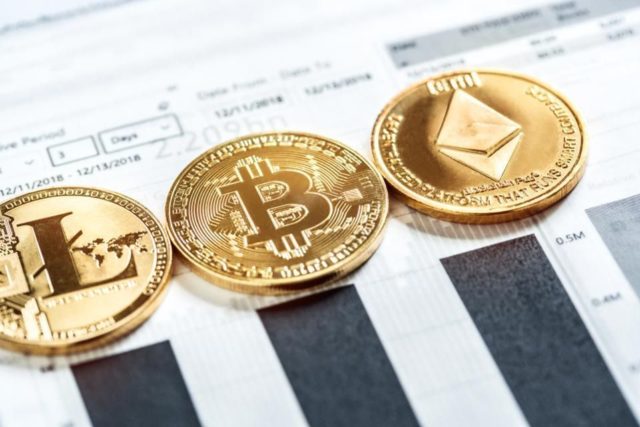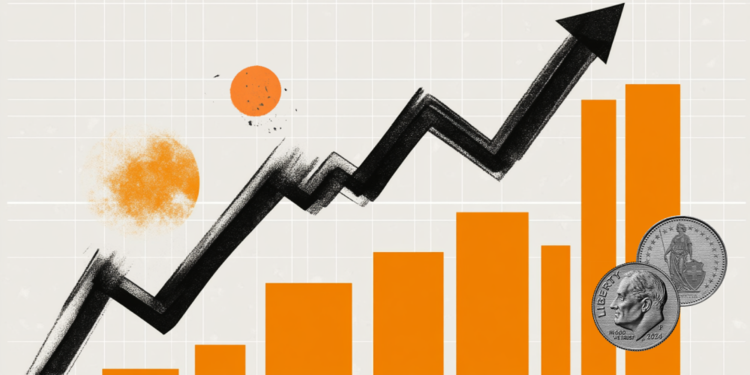I’m constantly working for hours, but I feel like I haven’t even started. My attention is being diverted from my assigned task – writing this article – by a myriad of what I believe are necessary work interruptions. OK, some were from my cat, who is also a firm believer in the need for these interruptions.
My kids and I call days like this “squirrel days” in honor of Dug the talking dog from the (squirrel!!) 2009 Pixar movie “Up – High Adventures”who (squirrel!!) was constantly distracted (squirrel!!).
Unfortunately, many of us are having “squirrel days,” according to Dr. Gloria Mark, a professor of computer science at the University of California, Irvine, who studies how digital media affects our lives.
In your book “Attention Span: A Groundbreaking Way to Restore Balance, Happiness and Productivity” (Attentiveness Time: An Innovative Way to Restore Balance, Happiness, and Productivity, in free translation), Mark explains how decades of research have tracked the decline in attention span.
“In 2004, we measured the average attention span on a screen in 2.5 minutes,” said Mark. “A few years later, we found that the attention span is about 75 seconds. Now we find that people can only pay attention to one screen for an average of 47 seconds.”
Not only do people focus for less than a minute on any given screen, Mark said, but when attention is diverted from an active work project, it takes them about 25 minutes to focus back on that task. (What??)
“In fact, our research shows that it takes 25 minutes and 26 seconds before we are back in the original sphere of work or project,” said Mark.
Why do you have a short attention span
How can be? “If we look at work in terms of switching projects, as opposed to the micro view of switching screens, we find that people spend about 10 and a half minutes on any work project before they are interrupted – internally or by someone else – and then move on to another work project,” said Mark.
Yes, but then we go back to the original work, right? Wrong, said Mark. Instead, when we are interrupted at project two, we switch back to a different task – project three. Incredibly, his research has shown that we are also interrupted at project three and move on to project four.
“And then you go back and get the original interrupted design,” said Mark. “But it’s not like you get interrupted and do nothing. For more than 25 minutes, you’re really working on other things.”
“However, there is also a switching cost,” added Mark. “A switching cost is the time it takes you to reorient yourself back to your job: ‘Where was I? What was I thinking?’ This additional effort can also lead to errors and stress.”

how to focus
Why is all this a problem? After all, this is called multitasking, considered by many to be a highly valued skill for dealing with the demands of the information age.
“With the exception of a few rare individuals, multitasking does not exist,” said Mark. “Unless one of the tasks is automatic, like chewing gum or walking, you can’t do two difficult things at the same time.”
For example, she said, you can’t read email and be on a video conference. When you focus on one thing, you miss the other. “You’re actually shifting your attention very quickly between the two,” said Mark. “And when you switch your attention quickly, it’s related to stress.”
Blood pressure rises. Heart rate accelerates. Psychological measures of stress also show negative outcomes, she said, such as more fatigue and mistakes and less productivity: “The more people multitask, the more mistakes they make.”
Who did this to us? We did it ourselves, of course, with the help of technology culprits like social media, tablets and television. But Mark mainly blames email.
“For me, email is probably the worst because it’s become a symbol of work,” she said, adding that her research found a direct correlation between email and more stress.
“We cut e-mail for some employees at one organization for a workweek,” she said. “Using heart rate monitors, we found that they were significantly less stressed and were able to focus much longer,” she explains.
“There is no way for a person to completely disconnect from technology and work in today’s world,” said Mark. “So let’s learn to live with it in a way that keeps our well-being positive.”

How to increase your attention span
Regaining focus requires you to be mindful of how you’re using technology, Mark said, a daunting task when you consider that the average American spends at least 10 hours a day staring at a screen.
Paradoxically, you can use technology to help, she said. Schedule routine work for the first part of the day when you’re not fully alert, then use technology to block out distractions when you’re at your mental best. At night, unload your brain tasks by writing them down and then save the list.
Distracted by social media? Hide them, Mark said: “Get icons off the desktop and bury apps on your phone in folders where it takes extra effort to find them. Leave your phone in another room or put it in a drawer and lock it.”
It’s also important to learn when to take a break. “If you have to read something more than once or if the words just don’t register, it’s time to stop and recharge,” she said.
The best break is a walk outside: “Just a 20-minute walk in nature can significantly help people relax,” said Mark. “And we found that it can help people produce significantly more ideas – it’s called divergent thinking.”
Too cold to walk outside? Do something engaging that doesn’t require mental effort. “I have a friend who is a professor at MIT and his favorite activity is matching socks,” said Mark. “Another friend likes to iron. Ideas can incubate and then we go back to the hard work and see it with new eyes.”
Source: CNN Brasil
I am an experienced journalist and writer with a career in the news industry. My focus is on covering Top News stories for World Stock Market, where I provide comprehensive analysis and commentary on markets around the world. I have expertise in writing both long-form articles and shorter pieces that deliver timely, relevant updates to readers.







